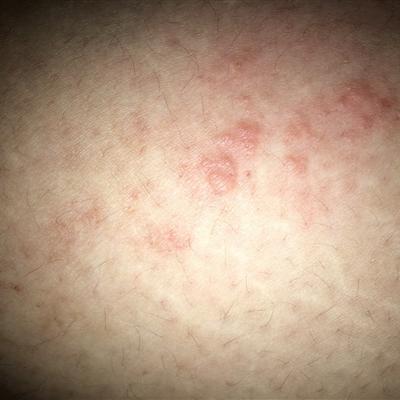What are the causes of ectopic pregnancy
summary
Ectopic pregnancy is also known as ectopic pregnancy, that is, the fertilized egg is not implanted in the normal position in the uterine cavity. The most common ectopic pregnancy is tubal pregnancy, accounting for more than 90%, and tubal pregnancy is also the most dangerous type. Ectopic pregnancy has brought great harm to many families.
What are the causes of ectopic pregnancy
The first reason: first, genital tract infection, including gynecological inflammation, such as vaginitis, cervicitis may be upward infection to the fallopian tube, resulting in fallopian tube inflammation. After artificial abortion, the body's own defense mechanism is affected, and the fallopian tube is vulnerable to bacterial infection, leading to tissue inflammation around the fallopian tube. Repeated abortion, the more times of pregnancy, the greater the possibility of ectopic pregnancy. Studies have shown that pelvic inflammatory disease can also increase the risk of ectopic pregnancy 2.7 times.
The second reason is that the cesarean section rate of some surgical operations is on the rise, and the incidence of ectopic pregnancy at uterine scar is also increasing. In addition, appendicitis perforation is also a high-risk factor of ectopic pregnancy. Appendectomy can increase the risk of ectopic pregnancy by 1.8 times.
Third: the third reason is improper contraceptive methods. Contraceptives can affect the levels of estrogen and progesterone, and then affect the peristalsis of fallopian tube wall, cilia activity and secretion of epithelial cells. If the hormone imbalance, will affect the delivery of fertilized eggs and tubal pregnancy. Some women lack of self-protection awareness, and no long-term contraceptive measures, abuse of contraceptives, will increase the risk of ectopic pregnancy.
matters needing attention
Studies have shown that nicotine and alcohol can affect the swing of oviduct cilia and induce ectopic pregnancy. According to statistics, the incidence rate of smokers is 1.5 - 4 times higher than that of non smokers.

















